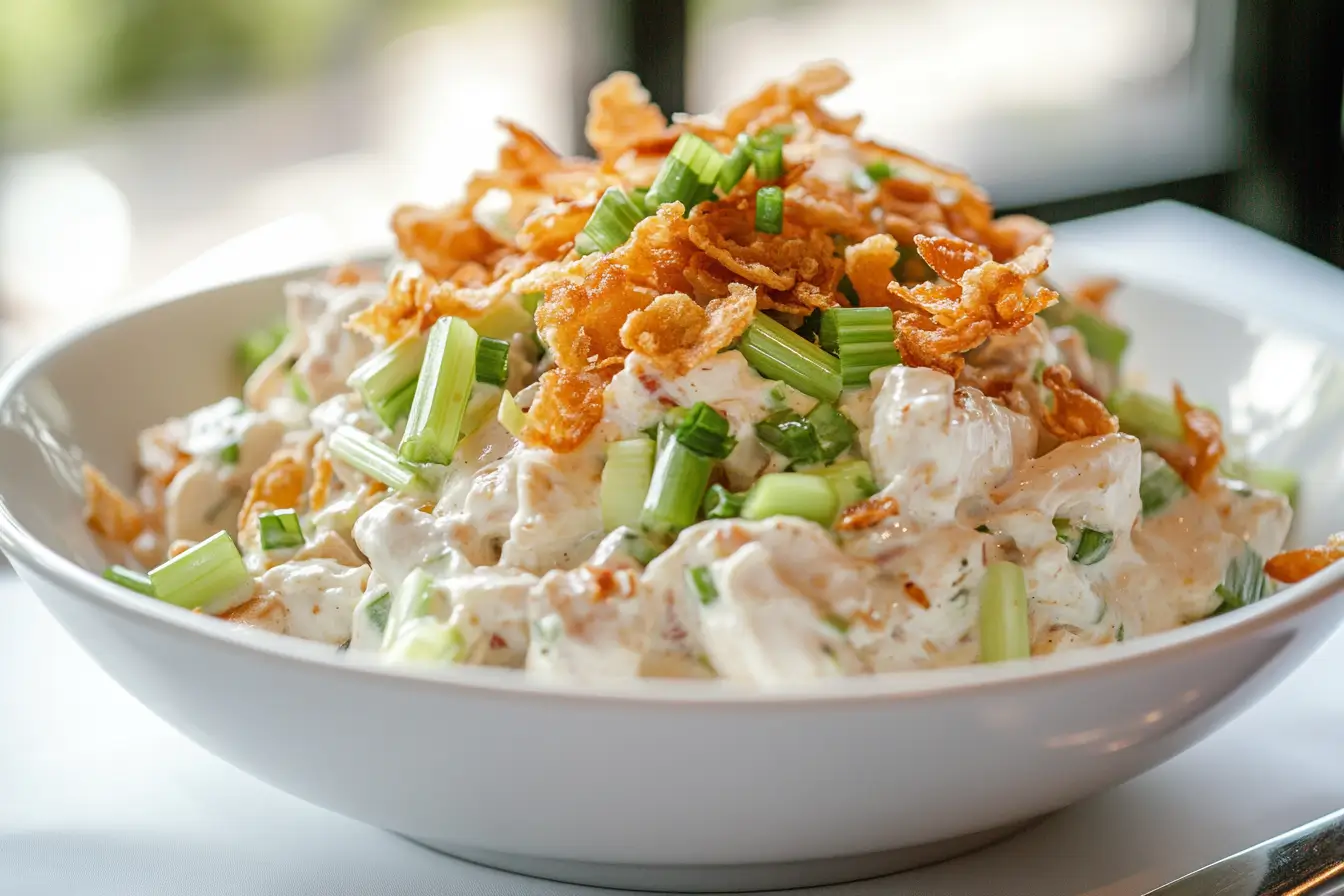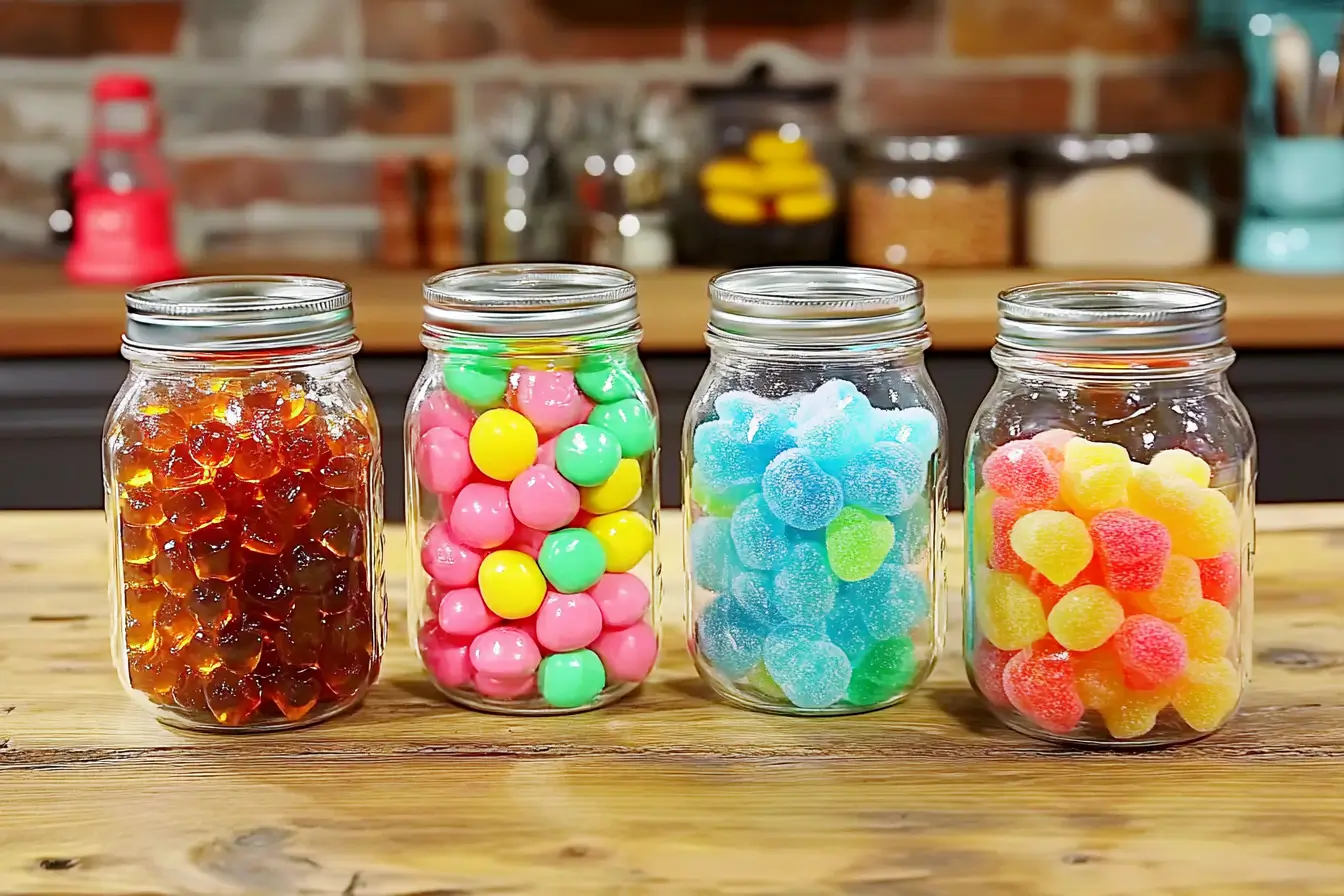Peanut butter and Jam are pantry staples, but they have distinct differences in origin, texture, and taste. From sandwiches to smoothies, these spreads often appear together, yet each brings unique qualities to the table.
Understanding their differences can enhance your culinary choices and give you a better appreciation for these beloved spreads. Let’s explore the characteristics of peanut butter and Jam and why they’ve become integral to our food culture.

Understanding Peanut Butter and Jam: Basic Definitions
Peanut butter and Jam are my favorite breakfast toppings and sandwich condiments. Let’s dive into what makes these spreads so tasty and unique.
What Classifies as Peanut Butter
Peanut butter is a creamy or crunchy spread made from ground peanuts. It’s a key player in the nut butter world. In the US, it must have at least 90% peanuts to be called peanut butter. Some brands add oil, salt, or sugar to enhance flavor and texture.
How Jam is Defined
Jam is a sweet spread made from crushed or chopped fruit cooked with sugar. It’s part of the fruit spread family, including jellies and preserves. Jam is thicker than jelly and often has fruit chunks.
Key Components of Each Spread
Peanut butter’s main ingredient is ground peanuts, which provide protein and healthy fats. On the other hand, Jam is made from fruit, sugar, and pectin for thickening. Both are great as sandwich condiments or in baking.
- Peanut butter: Peanuts, sometimes oil, salt, sugar
- Jam: Fruit, sugar, pectin
Knowing the basics of peanut butter and Jam helps us appreciate their unique qualities. Whether you love peanut butter’s nutty taste or Jam’s sweet fruitiness, both add delicious flavors to our meals.
What’s the difference between peanut butter and Jam
Peanut butter and Jam are two favorite spreads, but they’re quite different. Peanut butter is made from ground peanuts. Jam, on the other hand, is fruit mixed with sugar. This difference in ingredients gives them unique tastes and textures.
Peanut butter has a rich, nutty flavor with a savory twist. Jam, however, is sweet and fruity. Peanut butter can be creamy or chunky, while Jam is smooth with fruit bits.
Peanut butter is packed with protein and healthy fats, making it filling. Jam is mostly carbs and sugars, giving a quick energy boost. These differences impact how they’re used in cooking and baking.
- Peanut butter: Protein-rich, savory, creamy or chunky
- Jam: Sweet, fruity, smooth with fruit pieces
Knowing the difference between peanut butter and Jam helps you pick the right spread. Whether you want a protein-rich snack or a sweet treat, understanding these differences will help you make better choices in the kitchen.
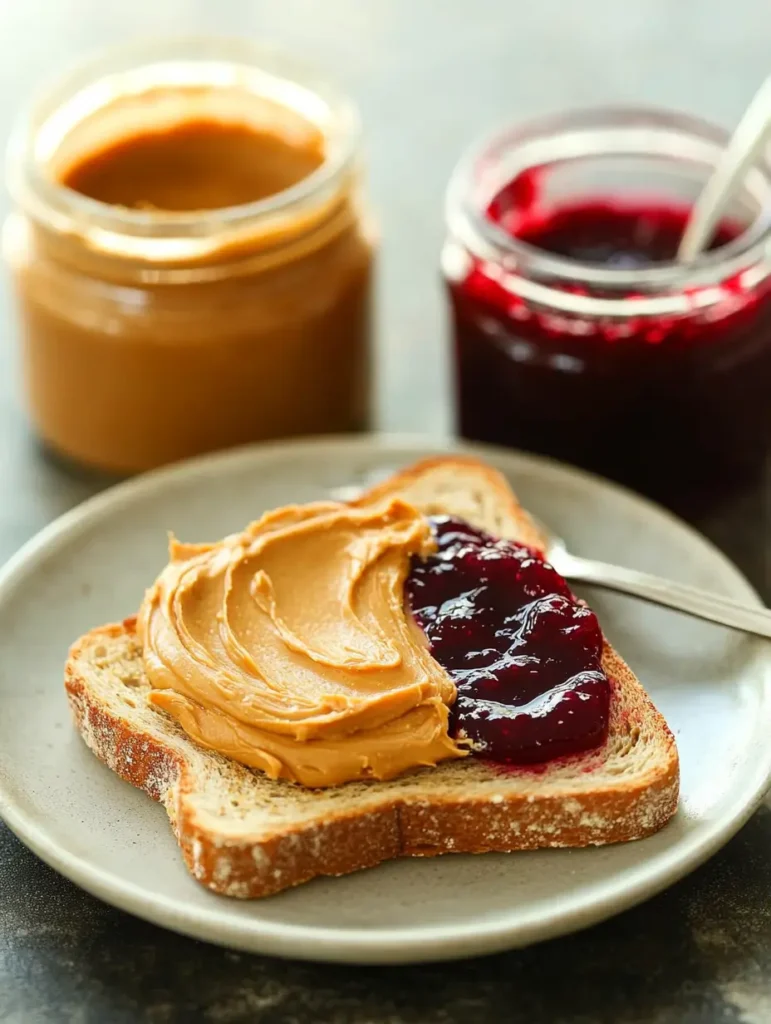
The History and Origin Stories
Nut butters and fruit spreads have a long history. They come from ancient times and different cultures. Let’s look at how they became the tasty treats we love today.
Ancient Origins of Nut Butter Processing
Nut butters started with ancient civilizations. The Aztecs made a peanut paste, an early peanut butter. In China, people ground almonds and other nuts into pastes. These early methods were simple but worked well.
Evolution of Fruit Preservation Methods
Fruit spreads began as a way to keep fruit fresh. Ancient Egyptians used honey to preserve fruit. Later, sugar became the main preservative, leading to jams and jellies. Over time, these methods improved, making the spreads last longer and taste better.
Cultural Significance Across Civilizations
Nut butters and fruit spreads are important in many cultures. In the US, peanut butter was key during World War II. In Europe, fruit preserves reflect local traditions. These foods have shaped many cuisines, showing the power of simple ingredients.
- Aztecs used peanuts for religious ceremonies and as food
- Fruit preserves were once luxury items for the wealthy
- Peanut butter gained popularity in the US in the early 1900s
Production Processes and Manufacturing Methods
The way nut butters and fruit spreads are made has changed a lot. Today, modern methods ensure that every jar tastes great. Let’s look at how these spreads are made on a large scale.
First, high-quality nuts are picked for nut butter. They’re roasted to bring out the flavor and dry them out. Then, they’re ground into a smooth paste.
Some makers add oil, salt, or sweeteners to make it taste better. The final step is packaging and sealing to keep it fresh.
Fruit spreads start with fresh fruits. They’re washed, sorted, and sometimes peeled. Then, they’re cooked with sugar and pectin to make them thick.
The mixture cools, gets jarred, and sealed. This keeps the flavor and extends its shelf life.
Both nut butters and fruit spreads go through quality checks. This makes sure they’re safe and taste good. The machines used help keep everything consistent and clean.
These steps are key to the spread’s texture, taste, and longevity. Knowing how your favorite spreads are made shows the effort put into each jar.
Nutritional Profiles Compared
Knowing the nutritional facts of peanut butter and Jam is key when picking breakfast toppings. Let’s examine how these spreads compare in terms of nutrition.
Caloric Content Analysis
Peanut butter has more calories than Jam. A tablespoon of peanut butter has about 95 calories. Jam, on the other hand, has around 50 calories. This is because peanut butter is made from nuts, while Jam is made from fruits.
Protein and Fat Content
Peanut butter is high in protein, with about 4 grams per tablespoon. It also has healthy fats, like monounsaturated fats. Jam, however, has little protein and fat.
Sugar and Carbohydrate Levels
Jam has more sugar and carbs. A tablespoon of Jam can have up to 12 grams of sugar, from fruit. Peanut butter has fewer carbs and sugars, especially in unsweetened types, with about 1 gram of sugar per tablespoon.
Vitamin and Mineral Content
Both spreads have their own nutritional benefits. Peanut butter is rich in vitamin E, magnesium, and potassium. Jam, on the other hand, has vitamins from fruit, but the amount can vary.
These nutritional profiles can guide your choices, especially if you follow certain diets. Both peanut butter and Jam can fit into a balanced diet when eaten in moderation.
Texture and Consistency Variations
Peanut butter and Jam have different textures that affect how we enjoy them. Peanut butter can be smooth or crunchy, depending on how it’s made. Some brands are super creamy, while others have a nice crunch from nut pieces.
Jam comes in many textures too. You can find thick preserves with fruit chunks for a burst of flavor. Or, there are smooth jams that mix well with baked goods or cheese.
These texture differences are key in how we enjoy our food—smooth peanut butter pairs well with Jam in a PB&J. But chunky peanut butter is better in hearty dishes, not so much in delicate pastries.
Storage Requirements and Shelf Life
Learning how to store nut butters and fruit spreads right can make them last longer. Let’s look at the best ways to keep these tasty treats fresh and safe.
Proper Storage Techniques
Keep nut butters in a cool, dry spot away from sunlight. After opening, store them in the fridge to avoid spoilage. Fruit spreads need the fridge after opening to stay fresh and prevent mold.
Shelf Life Expectations
Unopened nut butters can stay good for a year in your pantry. After opening, they last 3-4 months. Fruit spreads last longer, up to 18 months unopened and 6-12 months after opening when refrigerated.
Signs of Spoilage
Look out for these signs that your spreads have spoiled:
- Off odors or rancid smells
- Mold growth
- Unusual color changes
- Separation or texture changes that don’t mix back together
By following these storage tips, you can make your favorite nut butters and fruit spreads last longer. Always check for spoilage signs before eating, even if they’re within their shelf life.
Common Uses and Applications
Peanut butter and Jam are more than just sandwich fillings. They’re used in many ways, from classic to creative recipes.
Traditional Sandwich Combinations
The peanut butter and jelly sandwich is a favorite. Try different breads or add bananas for extra taste. You can also mix peanut butter with honey or bacon for new sandwich ideas.
Baking Applications
In baking, peanut butter and Jam are stars. Add peanut butter to cookies, brownies, or muffins for a nutty flavor. Jam is great in thumbprint cookies or as a cake glaze. Swirl both into cheesecake batter for a tasty treat.
Creative Culinary Uses
Discover new uses for these spreads in your cooking. Mix peanut butter into sauces for Asian dishes or smoothies for protein. Use Jam as a glaze for meats or in salad dressings. They’re also great on oatmeal, yogurt, or toast.
- Stir peanut butter into chili for depth
- Use Jam as a marinade for grilled meats
- Blend peanut butter into homemade ice cream
- Swirl jam into pancake batter for fruit-filled flapjacks
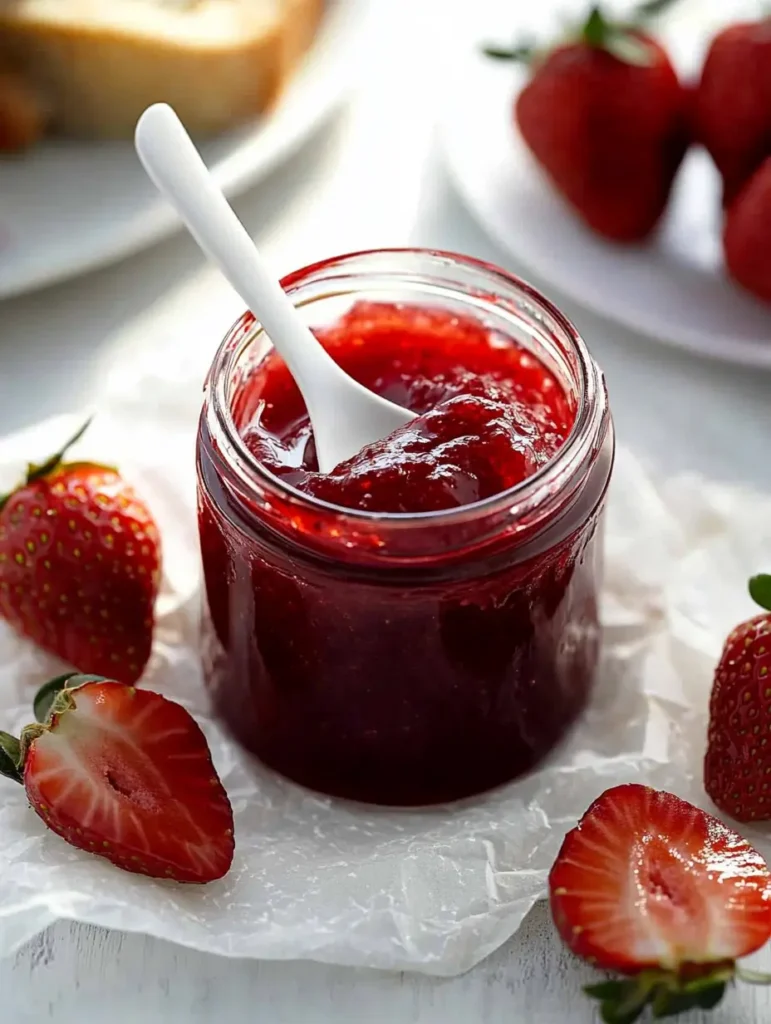
Health Benefits and Considerations
Peanut butter and Jam are good for you when eaten in the right amounts. Peanut butter is full of protein and healthy fats. These help build muscles and can lower bad cholesterol.
Jam is sweet and packed with antioxidants from fruits. These antioxidants boost your immune system and fight inflammation.
When looking at nutritional values, peanut butter has more calories and fat but less sugar than Jam. This makes it great for athletes and fitness lovers. Jam, however, gives quick carbs and natural sugars for energy.
Some people need to watch what they eat. If you’re allergic to peanuts, try nut or seed butters instead. If you’re watching sugar, pick low-sugar or no-added-sugar jams. Always read labels to get the most nutritional value.
- Choose natural peanut butter without added oils or sugar
- Opt for fruit-only jams to maximize health benefits
- Practice portion control to avoid excess calorie intake
Knowing the nutritional values and health benefits of peanut butter and Jam helps you make better choices. Remember, eating them in moderation is key to a healthy lifestyle.
Dietary Restrictions and Allergies
Dealing with dietary restrictions and allergies can be tough, especially with nut butters and fruit spreads. Let’s look at some key points for those with food sensitivities.
Common Allergen Concerns
Peanut allergies are very common and serious. Many people must avoid peanut butter. Tree nut allergies can also limit other nut butters. Fruit spreads can be a problem for those allergic to berries.
Alternative Options for Allergic Individuals
If you have allergies, there’s no need to worry! There are many alternatives to peanut butter and Jam:
- Sunflower seed butter
- Pumpkin seed butter
- Soy nut butter
- Fruit-only spreads without added sugars
Reading Labels and Safety Tips
Always check product labels. Look for allergen warnings and read ingredient lists carefully. Be mindful of cross-contamination risks in manufacturing. When eating out, tell staff about your dietary needs to ensure safe food.
By knowing these tips, you can enjoy tasty spreads while keeping your dietary needs in check. Always talk to a healthcare professional for advice on managing food allergies and restrictions.
Price Points and Market Comparison
When shopping for spreads, you’ll notice a wide range of prices for both nut butters and fruit spreads. Prices depend on ingredients, brand reputation, and production methods.
Peanut butter typically ranges from $2 to $8 per jar, with natural and organic varieties costing more. Specialty nut butters like almond and cashew can reach up to $15 per jar.
Fruit spreads also vary in price. Traditional jams start at $2, while artisanal or low-sugar options can go up to $10. Organic fruit spreads are generally on the higher end.
In the US, peanut butter is hugely popular, with an average annual consumption of about 3 pounds per person. Although fruit spreads are popular, they have a smaller market share compared to peanut butter.
Key trends include:
- Natural and organic spreads
- Low-sugar options
- Alternative nut butters
- Artisanal fruit spreads
Understanding these trends can guide you in selecting the best spreads based on taste preferences, dietary needs, and budget.
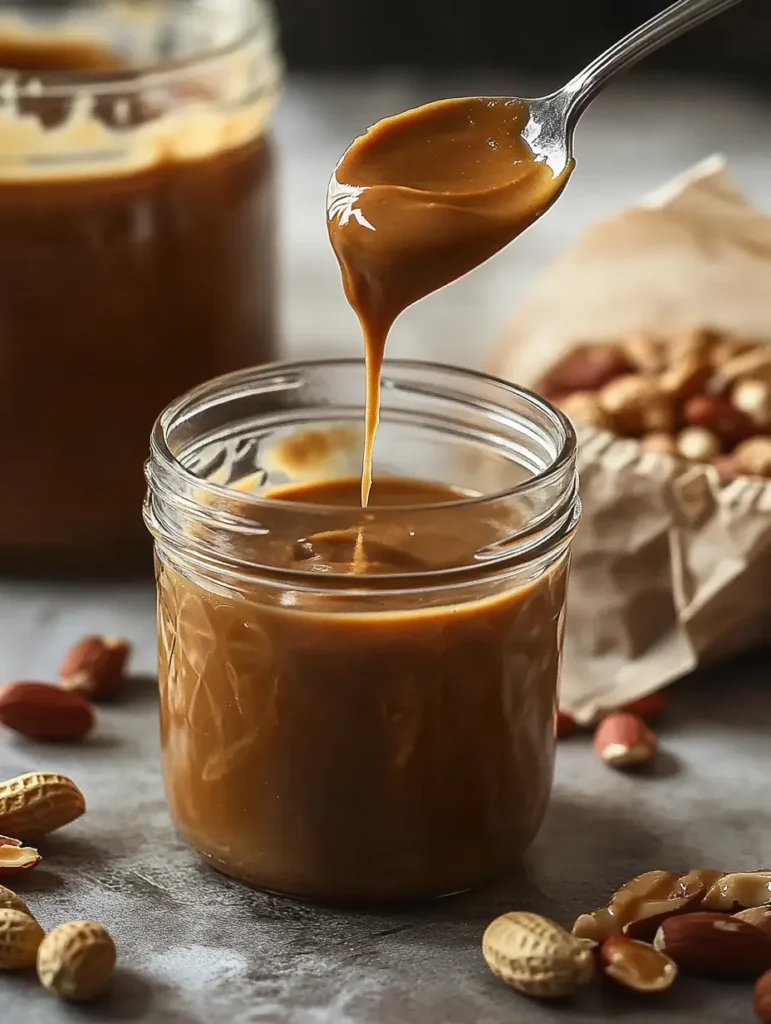
Conclusion
In this article, we’ve explored the key differences between peanut butter and jam. Both are beloved staples, commonly used for breakfast and sandwiches, yet each offers a unique flavor and texture.
Peanut butter is savory, rich in protein, and smooth, while jam provides a sweet, fruity contrast. Whether you enjoy them together in a classic PB&J or prefer one over the other, these spreads continue to be a favorite in American kitchens.
FAQ
Peanut butter is made from ground peanuts and is rich in protein and healthy fats. Jam is made from fruit cooked with sugar, providing sweetness and natural sugars, with fewer proteins.
Peanut butter is higher in protein and healthy fats, making it a more nutrient-dense option. Jam is sweeter, with higher sugar content but offers antioxidants from fruit.
Yes, people with peanut allergies can safely eat jam as it’s made from fruit, not peanuts. However, always check for cross-contamination warnings.
Absolutely! Peanut butter is perfect for cookies, sauces, and smoothies. Jam works well in pastries, glazes, and as a topping for desserts or bread.
Peanut butter is calorie-dense with high protein and healthy fats. Jam is primarily sugar-based, offering more carbohydrates and fewer proteins.

